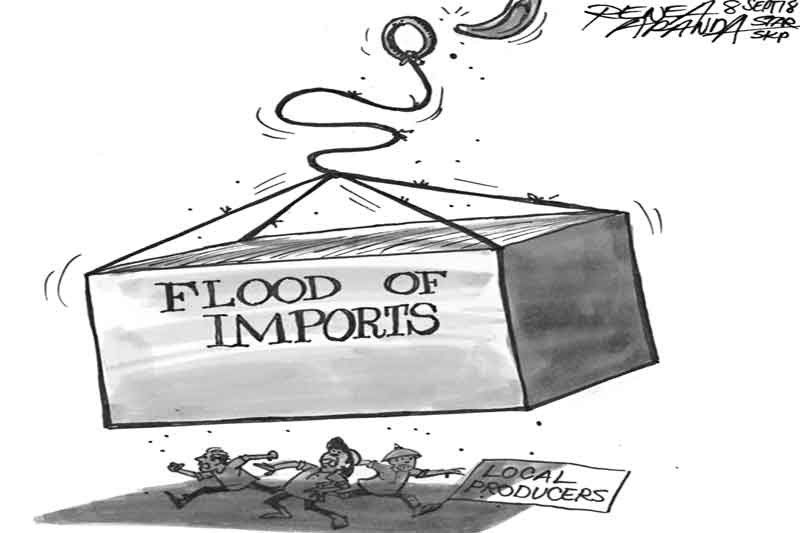EDITORIAL – Long-term food security

When prices rise, the uptick can be reversed or at least eased if the supply is increased. This is what the government is hoping for as food imports are ramped up after the inflation rate hit a nine-year high of 6.4 percent in August.
So far, the government is increasing rice imports and moving to allow importation of fish for the wet markets. More imported vegetables are also set to come in. The expectation is that flooding the market with supplies can bring down prices of food – the biggest factor, together with non-alcoholic beverages, behind the high inflation rate.
The importations have drawn protests from farmers and fisherfolk, who point out that there are other factors driving inflation in the food sector, such as hoarding, price manipulation and the cost of delivering goods from farms to markets. In the National Capital Region, some of the biggest increases in food items have been seen in vegetables from the Cordillera highlands, which can take from six to eight hours to transport to Metro Manila.
read more: https://www.philstar.com/opinion/2018/09/08/1849617/editorial-long-term-food-security

